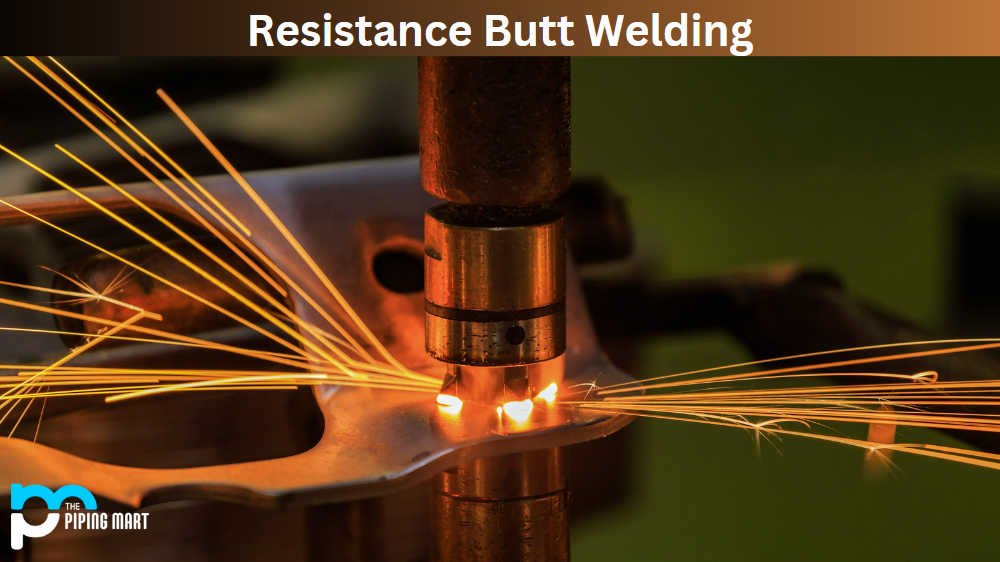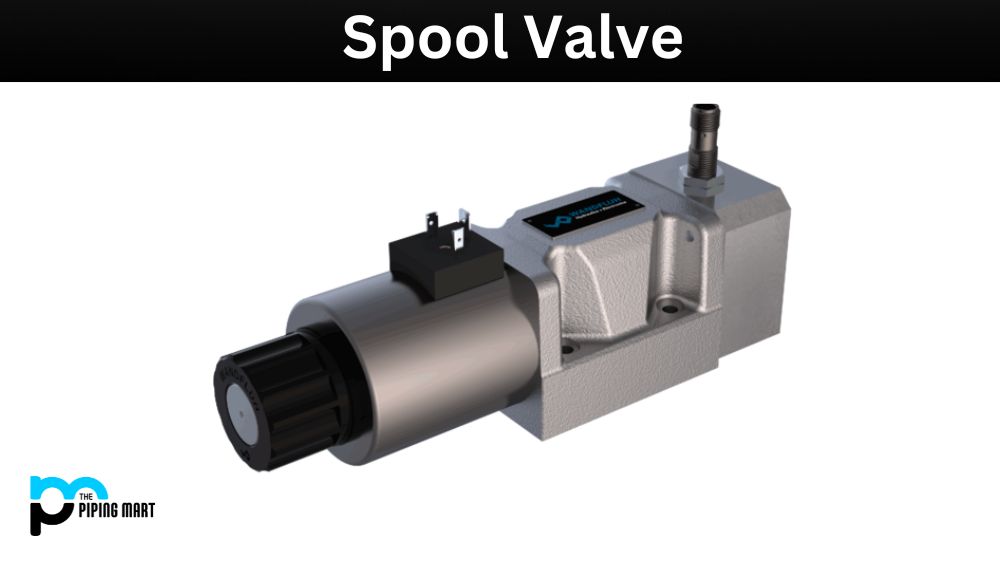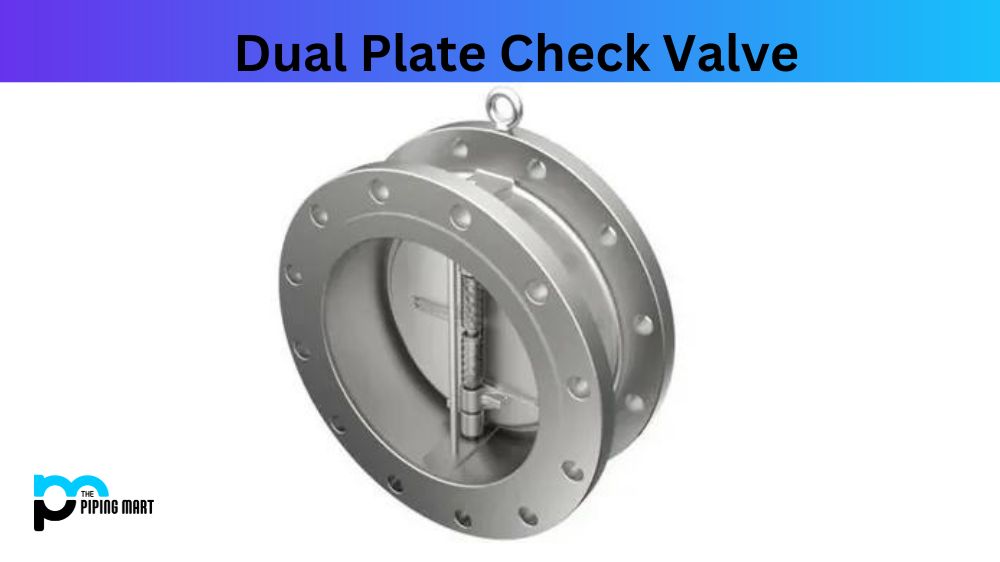Resistance butt welding is a type of welding that involves the application of electrical current to two metal pieces to join them together. This type of welding is often used for joining pipes, tubes, and other metals. It is a reliable and effective way to create strong connections between two pieces without resorting to other, more tedious methods such as soldering or brazing. Let’s take a closer look at resistance butt welding, its uses and its process.
What is Resistance butt welding?
Resistance butt welding is used to join two pieces of metal together. This method passes a current through the metal parts, creating heat and melting the edges, resulting in an extremely strong bond. The result is a permanent, solid weld with no gaps or bubbles between the part being joined and no need for extra material such as filler rods. Resistance butt welding is cost-effective and more efficient than traditional welding techniques as fewer steps are involved and less time is required to complete each weldment. Furthermore, it produces smooth surfaces of uniform quality and offers superior corrosion resistance due to narrow heat-affected zones on the parent material. All these benefits make resistance butt welding an ideal option for many industries, such as automotive and aerospace manufacturing.
Resistance Butt Welding Uses
Resistance butt welding has many applications in the manufacturing world. It is often used in the production of copper tubing, aluminium tubing, and stainless steel products such as tanks and boilers. The process is also commonly used to repair damaged components in high-pressure systems such as piping and boilers. In addition, resistance butt welding can be used when constructing objects out of metal alloys that other methods, due to their composition, cannot weld.
Resistance Butt Welding Process
The process of resistance butt welding involves two pieces of metal being placed together with an electrode applied onto each piece while applying an electrical current between them. The current then heats the electrodes until they reach high enough temperatures to melt the metals. Once melted, the molten material forms a bond between the two pieces, which creates a strong connection when cooled down properly afterwards. This process does require special equipment, such as an inverter-based power source which trained professionals must handle due to its complexity and potential risks associated with working with electricity on worksites.
Conclusion:
In conclusion, resistance butt welding is an efficient method for joining metal parts together quickly and reliably. It has many applications across different industries, from manufacturing new products from metal alloys to repairing damaged components in high-pressure systems such as piping or boilers. Due to its complexity, this type of weld requires specialized equipment that should only be operated by trained professionals who know how to handle it effectively and safely to avoid any potential hazards associated with electricity on worksites. All these factors make it an invaluable resource for any company involved with metalwork or construction projects!

A passionate metal industry expert and blogger. With over 5 years of experience in the field, Palak brings a wealth of knowledge and insight to her writing. Whether discussing the latest trends in the metal industry or sharing tips, she is dedicated to helping others succeed in the metal industry.




